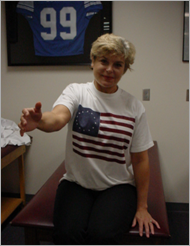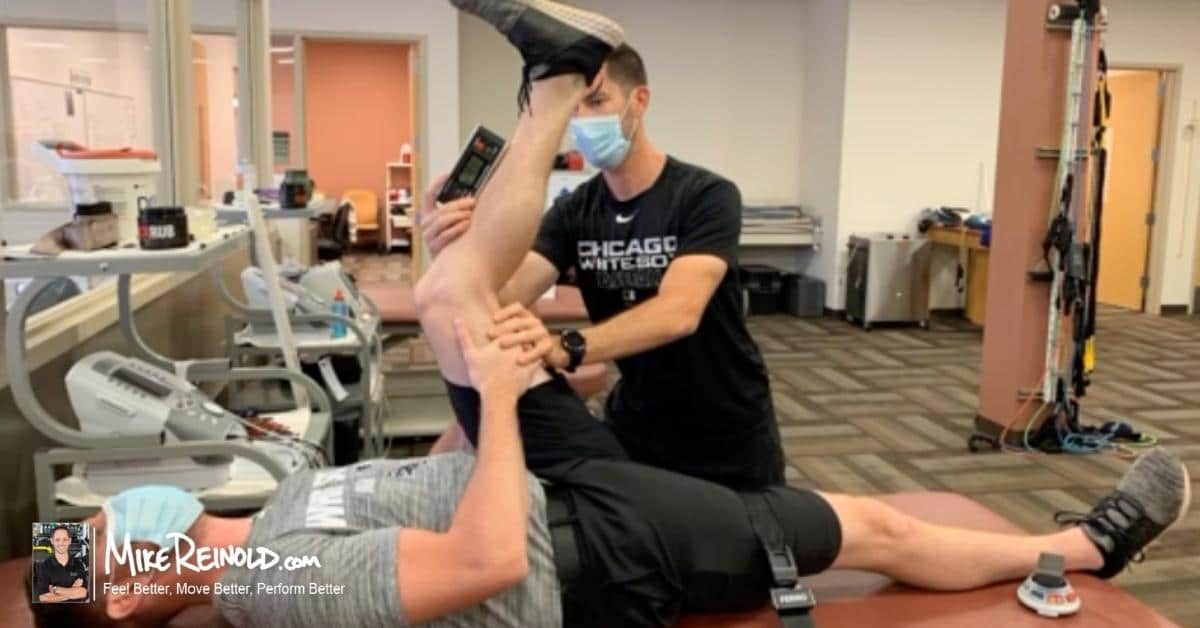
But I often wonder if some of our patients with “shoulder pain” but not loss of motion may actually have stage one irritation of the capsule that could develop into adhesive capsulitis.
If we can work with patients during this phase, maybe we can stop the process? Maybe we can prevent severe loss of motion? Unfortunately to date, there has been many anecdotal advice but no consensus on the clinical identifiers or early stage adhesive capsulitis.
A recent article in the Journal of Physical Therapy sought to develop a consensus among a group of experts regarding clinical identifiers for the first stage of adhesive capsulitis (Abstract here or if you are a subscriber of PT you can view full article here) The author’s used the Delphi technique (more information on the Delphi Technique here) to poll a group of experts within the fields of rehabilitation medicine, physical medicine, orthopedic surgery, physical therapy, chiropractic, and osteopathy.
After polling and statistical analysis, the authors report 8 factors that the group agreed upon as being strong clinical indicators of early stage adhesive capsulitis:
- There is a strong component of night pain
- There is a marked increase in pain with rapid or unguarded movements
- It is uncomfortable to lie on the affected shoulder
- The patient reports the pain is easily aggravated by movement
- The onset is generally in people greater than 35 years old
- On examination, there is global loss of active and passive range of motion
- On examination, there is pain at the end range of motion
- There is a global loss of passive glenohumeral joint movement
These factors were all selected and narrowed down from an original list of 60 items that is included in the manuscript. I thought it was interesting that many of the clinical identifiers that I use did not make the final consensus. For example, none of the below reached consensus:
- The onset is generally in people less than 60 years old
- The condition more commonly presents in females
- There can be an association with diabetes
Perhaps these are stereotypes that I have used in my practice based on past anecdotal advice.
Clinical Implications
The results of this study in no way should be used as strict criteria in the diagnosis of adhesive capsulitis, but may provide some useful guidance during the subjective and objective portions of your exam. I would suggest integrating the above information into your examination.
I always recommend that you carefully exam someone that comes to you with “shoulder pain” to try to identify signs and symptoms of early stage adhesive capsulitis. As we all know, this pathology can have severe complications on the individual’s functional status, anything we can do to identify and prevent the progression would be extremely helpful.
Walmsley S, Rivett DA, & Osmotherly PG (2009). Adhesive capsulitis: establishing consensus on clinical identifiers for stage 1 using the DELPHI technique. Physical therapy, 89 (9), 906-17 PMID: 19589853




